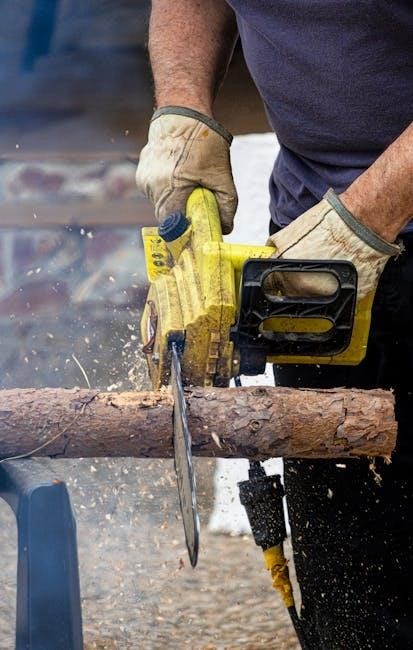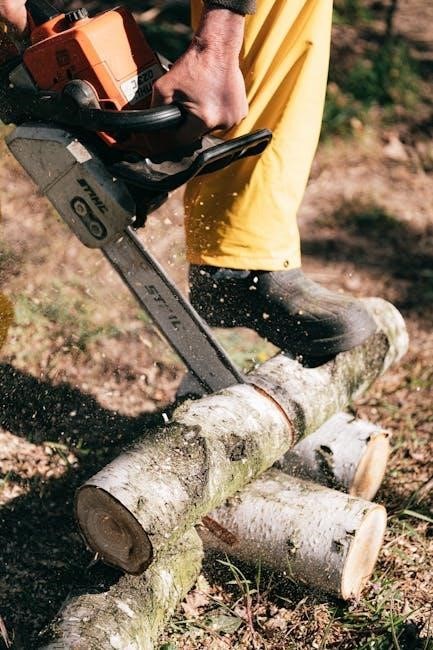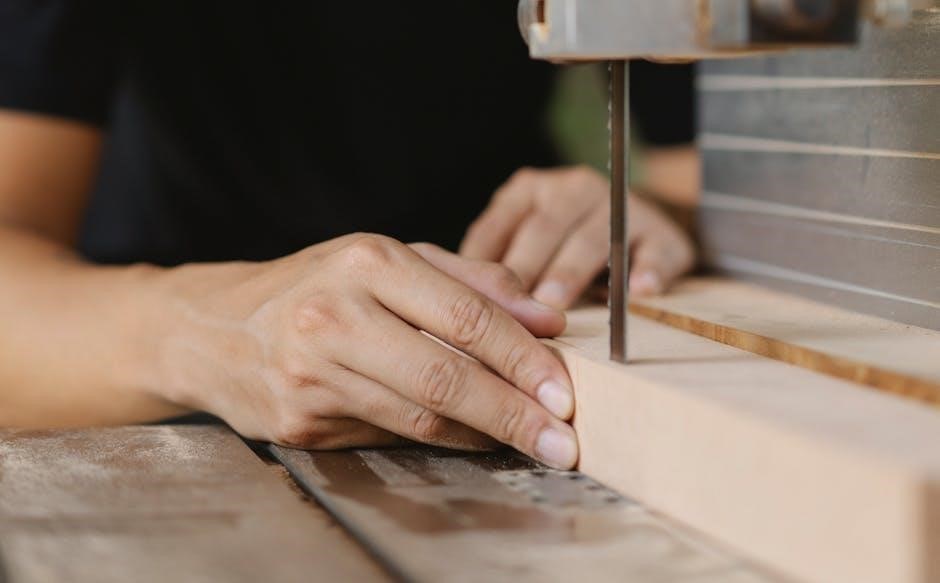lumber cutting guide for chainsaw
- Published
- in Guide
Introductory Words: Unveiling the Art and Science of Chainsaw Cutting
Learning the fundamentals of chainsaw cutting techniques is essential for achieving precision and control when cutting lumber. The journey begins with understanding the different types of cuts, including straight, curved, and angled cuts. Mastering these techniques requires practice and patience, as well as a thorough understanding of the equipment and its limitations. A well-maintained chainsaw is crucial for achieving precise cuts, and regular maintenance can help prevent accidents and ensure optimal performance. By following proper techniques and guidelines, individuals can develop the skills and confidence needed to tackle a variety of lumber cutting tasks with precision and control. With the right techniques and equipment, chainsaw cutting can be a safe and efficient way to cut lumber, and is an essential skill for anyone involved in woodworking or construction. Proper training and experience are necessary to become proficient in chainsaw cutting techniques.
Crosscutting: Mastering the Art of Cutting Across the Grain
Crosscutting is a fundamental technique in lumber cutting, involving cutting across the grain of the wood. This technique requires a specific type of chain, designed for crosscutting, which has a unique tooth configuration that allows for smooth and efficient cutting. Tomaster the art of crosscutting, it is essential to understand the anatomy of the wood, including the grain direction and pattern. By cutting across the grain, individuals can create precise and clean cuts, which is critical in various woodworking and construction applications. The crosscutting technique is commonly used in cutting lumber for framing, decking, and fencing, among other uses. Proper crosscutting techniques can help prevent kickback and other accidents, ensuring a safe and efficient cutting experience. With practice and experience, individuals can develop the skills and confidence needed to master the art of crosscutting, a crucial technique in the lumber cutting guide for chainsaw. This technique is a vital component of chainsaw operation and requires attention to detail and proper training.
Chain Type and Chainsaw Size: Understanding the Importance of Proper Equipment
The selection of the correct chain type and chainsaw size is crucial for efficient and safe lumber cutting. Different chain types, such as ripping and crosscutting chains, are designed for specific cutting tasks and can significantly impact the cutting performance. The size of the chainsaw is also an important factor, as it determines the amount of power and torque available for cutting. A chainsaw that is too small may struggle to cut through larger logs, while a chainsaw that is too large can be cumbersome and difficult to handle; Understanding the importance of proper equipment can help individuals choose the right chain and chainsaw size for their specific needs. This knowledge can also help prevent accidents and improve overall cutting performance. By selecting the correct chain type and chainsaw size, individuals can ensure a safe and efficient cutting experience. Proper equipment selection is essential for achieving professional-grade results in lumber cutting. The right combination of chain and chainsaw size can make a significant difference in the quality of the cut and the overall productivity of the operation.

Cutting Techniques for Efficient and Safe Lumber Cutting
Mastering various techniques enhances efficiency and safety in lumber cutting operations using chainsaws effectively always.
Positioning and Stance: Key Elements for Safe and Controlled Cutting
Proper positioning and stance are crucial for safe and controlled cutting with a chainsaw; A stable stance with feet shoulder-width apart provides balance and prevents accidents. The chainsaw should be held firmly with both hands, and the operator should maintain a comfortable distance from the cutting area. This allows for better control and precision, reducing the risk of kickback or losing control of the saw. Additionally, the operator should be aware of their surroundings, taking note of any obstacles or hazards in the area. By maintaining a safe and controlled stance, operators can minimize the risk of injury and ensure a successful cutting operation. Effective positioning and stance also enable operators to apply the correct cutting techniques, making the cutting process more efficient and productive. Overall, proper positioning and stance are essential for achieving safe and controlled cutting results with a chainsaw.
Felling, Limbing, and Bucking: Mastering Various Cutting Techniques
Felling, limbing, and bucking are essential cutting techniques used in lumber cutting with a chainsaw. Felling involves cutting down a tree, requiring careful planning and execution to ensure a safe and controlled fall. Limbing involves removing branches from a fallen tree, while bucking involves cutting the tree into manageable sections. Mastering these techniques requires practice and patience, as well as a thorough understanding of the chainsaw and its capabilities. By learning these techniques, operators can efficiently and safely cut lumber, minimizing waste and optimizing the cutting process. Effective felling, limbing, and bucking techniques also enable operators to work with a variety of tree species and sizes, making them more versatile and confident in their abilities. With proper training and experience, operators can become proficient in these techniques, achieving professional-grade results in their lumber cutting projects. Proper technique is crucial for successful felling, limbing, and bucking operations.
Importance of Safety Gear and Proper Handling Techniques
Safety gear and proper handling techniques are crucial when operating a chainsaw for lumber cutting. A chainsaw can be a dangerous tool if not handled correctly, and wearing the right safety gear can help prevent injuries. This includes wearing protective clothing such as gloves, safety glasses, and a hard hat. Proper handling techniques are also essential, including maintaining a firm grip on the saw and keeping a safe distance from the cutting area. Regular maintenance of the chainsaw is also important, including sharpening the chain and checking the saw’s controls. By following these guidelines, operators can minimize the risk of accidents and ensure a safe working environment. Safety gear and proper handling techniques are essential for preventing injuries and ensuring a successful lumber cutting operation. Operators should always prioritize safety when working with a chainsaw, and take the necessary precautions to protect themselves and others. This includes being aware of their surroundings and following established safety protocols.

Maintenance and Improvement of Cutting Techniques
Regular chainsaw maintenance and technique improvement are necessary for optimal performance and safety, ensuring efficient lumber cutting operations always with proper equipment and handling methods used correctly every time.
Tips for Safe and Efficient Use of a Chainsaw

To ensure safe and efficient use of a chainsaw, it is essential to follow proper guidelines and techniques.
Using a chainsaw requires attention to detail and a focus on safety, with regular maintenance and inspection of the equipment.
Proper handling and storage of the chainsaw are also crucial to prevent accidents and ensure optimal performance.
Additionally, wearing appropriate safety gear, such as gloves and protective eyewear, can help prevent injuries.
By following these tips and guidelines, individuals can use a chainsaw safely and efficiently, achieving their lumber cutting goals with precision and control.
Regular practice and training can also help improve skills and techniques, leading to better results and increased confidence when using a chainsaw.
Overall, safe and efficient use of a chainsaw requires a combination of proper techniques, regular maintenance, and attention to safety protocols.
Mastering the Use of a Chainsaw: Prioritizing Safety and Understanding Proper Handling Techniques

Mastering the use of a chainsaw involves prioritizing safety and understanding proper handling techniques, including regular equipment inspection and maintenance.
Developing muscle memory through practice and training is also essential for efficient and safe chainsaw operation.
Understanding the chainsaw’s capabilities and limitations, as well as the user’s own physical limitations, is crucial for safe and effective use.
Proper handling techniques, such as grip and stance, can help prevent accidents and improve overall performance.
By prioritizing safety and mastering proper handling techniques, individuals can confidently and efficiently operate a chainsaw, achieving their lumber cutting goals with precision and control.
Effective communication with others in the surrounding area is also important to ensure a safe working environment.
With experience and practice, individuals can become proficient in using a chainsaw, completing tasks efficiently and safely, and maintaining a safe and healthy work environment.